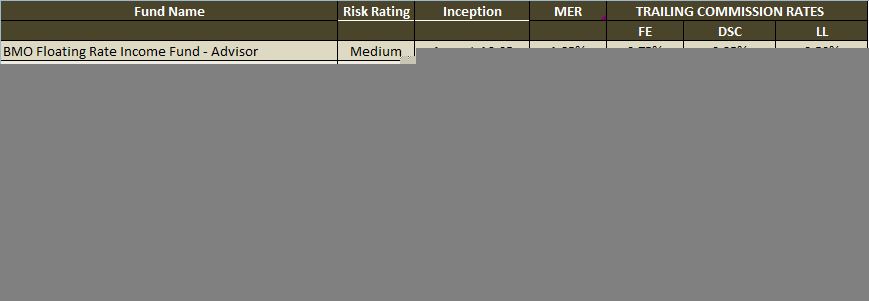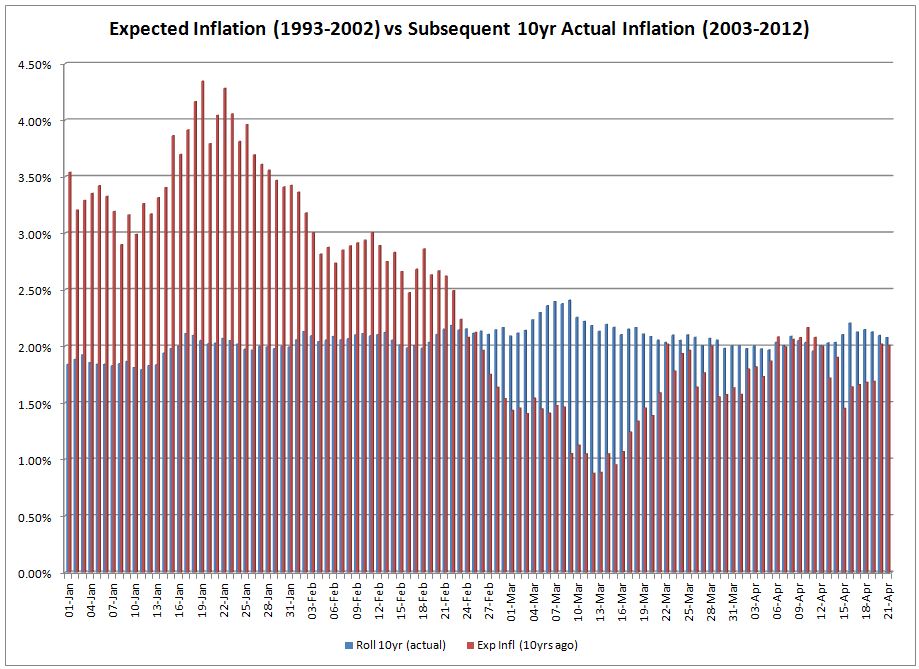Financial advisor titles are generally unregulated in Canada (Québec being the exception). Designations – denoted by the letters after advisors’ names on their business cards – can be downright confusing. Some are earned only after a few years of relevant experience and a rigorous educational program while others are granted after just a few days of classroom study.
Fortunately, the internet has become a handy tool for doing basic but critical due diligence on most people dispensing financial advice in Canada. Securities regulators, insurance regulators and organizations governing financial designations all have online searchable databases that allow you to check out an advisor.
This is a basic step that requires little financial knowledge but can save a lot of stress. Unless someone is a pure financial planner – i.e. they do not handle any products or implementation for clients – there isn’t a good reason for an advisor to operate without a license. And anyone holding themselves out as professional advisors should have one or more professional designations. Making these non-negotiable requirements can save you a lot of headaches and money.
The story of Earl Jones serves as a useful example. Jones was neither licensed nor the holder of any recognized credential. Requiring one or both would have prompted discriminating investors to avoid him. While that’s no guarantee to steer everyone clear of fraudsters, the following websites should make it easy for Canadians to do lots of important due diligence with just a few clicks.
Securities Regulators
To find all those licensed to sell or advise on any kind of investment product (i.e. excludes insurance and deposit/banking products), there is a national search function – courtesy of the Canadian Securities Administrators – to verify licensing of any person or company registered to sell or advise on investments in Canada.
In addition, the Investment Industry Regulatory Association of Canada (IIROC) has a search of its registrants and disciplinary actions. Similarly, the Mutual Fund Dealers Association of Canada has a good enforcement site that lists advisors that have been the subject of disciplinary actions (organized by current and archived cases). The Ontario Securities Commission aggregates some of this information on its own website to make this a bit easier.
Insurance Regulators
While there isn’t a centralized national insurance licensee database, each jurisdiction has a good search function. In Ontario, visit the Financial Services Commission of Ontario which allows users to search for insurance agents, insurance companies, corporate insurance agencies, brokerage firms or partnerships and individual insurance adjusters and adjustment companies. There are similar search functions available for Alberta, British Columbia, Manitoba, New Brunswick, Newfoundland & Labrador, Nova Scotia, Prince Edward Island and Québec.
Industry Designations
All of the above links cover people and companies with a license to provide investment advice or to sell investment and insurance products to Canadians. Financial planning is not regulated and so requires no license (except in Québéc). So you have to rely on the organizations running and overseeing professional designations to confirm if an advisor you’re considering in fact holds one or more of the many financial designations available. Examples include:
- The Institute of Advanced Financial Planning which offers and runs the RFP designation;
- The Financial Planning Standards Council which runs the CFP designation;
- CFA Institute which has governed the CFA charter for more than 50 years; and
- Chartered Professional Accountants Canada which lists firms across Canada and elsewhere and has a page leading to individual provincial associations to check on individual accountants.
There are too many other financial industry designations to list but some offered by the insurance and financial planning industries may be worth looking at – if for no other reason to see how easy and quick it is to obtain some of these designations. To get a sense of what’s involved in getting the various letters you see on many business cards, the IIROC maintains a list of a dizzying number of financial designations with some good information.
The most dangerous advisors are those without a license of any kind because they’re not on regulators’ radar. If you’re computer literate or know someone who is, it’s a must for individuals to do some basic checks before handing over any money to an advisor. The above links should facilitate the process and improve your odds of avoiding the industry’s more ethically-challenged contingent.
==============================================
Post script (13-Feb-2014): Ken Kivenko has pointed me to a website listing subjects of Canadian Insurance Regulators’ Disciplinary Actions. This is a great centralized database showing recent decisions on the main page; but it also contains a search function to check the full database.



